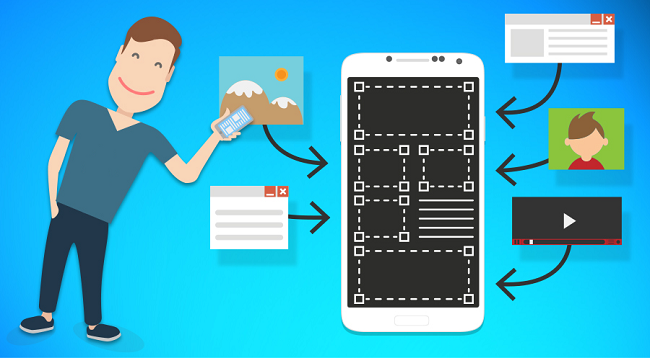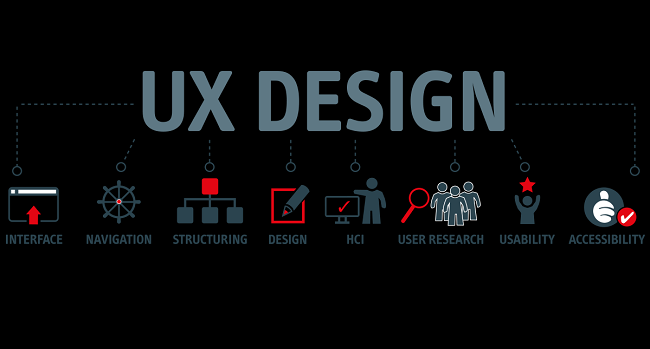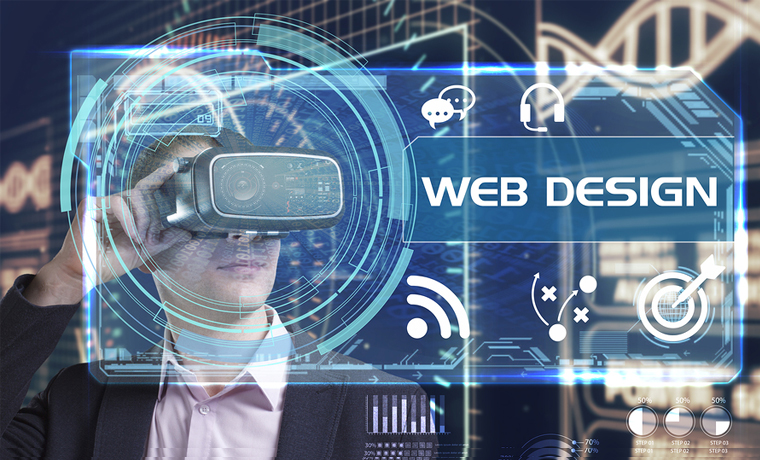In today’s digital age, augmented reality is no longer confined to research and observations, but it’s rather entered the digital market and has garnered immense popularity from all over the world. The AR has enabled companies to deliver a seamless UX experience to the users. Now, the question is how can AR offer a flawless customer experience in this digital age or how it can benefit the brands? In this post, we are going to discuss a few ways how AR can benefit the users.
It Offers Real-Time Feedback
Ever since augmented reality has launched, customers have been expecting a seamless and convenient experience. AR is often seen as the link between the real world and the virtual world that focuses on delivering real-time feedback. The best example of AR in the real world is the integration of augmented reality into the GPS app. The AR in your GPS helps you figure out the average time it is going to take for you to arrive at the destination depending on your past trips.
Another major use of AR is for face-mapping, as it gives users an opportunity to apply virtual makeup on their face to see how it will look after the application. Take the Mark Kay Mirror Me App, for example. It makes the process of picking and applying the best makeup products for your skin. When it comes to developing AR, developers have to focus mainly on using the technology that could offer real-time information for improved and better buying decisions.

Input and Output
Adding input and output to traditional websites is quite common, and there is a chance you must have practiced it before. However, using input and output for the augmented reality could be a challenging task and it’s definitely not similar to defining input and output in traditional websites.
The major use of the input and output is to enable developers to analyze which part of the interface the customers are going to interact with. This gives you the basic idea of which part you are supposed to augment, for example, you might decide to add the swipe option to your website.
Adding output is comparatively easier and better than defining inputs in the augmented reality. You could add the 3D output functions to the model and make changes to the colors, positions, and patterns of the design for a smooth and effective user experience.
User-Friendly Performance
One of the most important features of the AR application is interactivity. A quality design in the AR is simply effective, easy to use, and offers an interactive and seamless user experience. Around 60% of people want to shop for furniture after trying the AR-based app for the same. And, there is no way they are going to use the application if it has a poor interface, let alone shopping from your store. When developing AR, your main goal must be to keep the technology as simple as possible so users will want to use them.

Consider the Environment
Before you get started with the augmented reality app development project, make sure that the user interfaces will not be confined to the physical screens. Your customers must be able to interact well with the objects you have added to the frame. Their perspective will shift depending on the objects you have included, so it’s important that you create an interface according to the environment.
Don’t Neglect User Fatigue
Your audience is highly likely to interact with your webpage and app thoroughly when you have added the AR functionalities to the application. The interactions must be simple and effective, and you must pay close attention to design as well as repetitive information. The information you add to the app must not exhaust the user in any way.
Do not stuff your app with multiple augmented features at once, as it may make the interactions challenging for the user.
Keep the Important Functions of the UX Design in Mind
AR might be completely new to you, but that does not mean you can miss out on the important principles that are compulsory for all types of web designs. There is no denying that the UX keeps changing over time and you are supposed to adapt to these changes to provide your audience with a seamless digital experience.
You must also be careful about keeping everything simple and convenient for your target audience. They may not be comfortable with AR, and there is a chance they may want to abandon your page if they don’t understand the technology.
Try to keep it simple for users, for example, Inkhunter is an excellent app for users who plan on trying new tattoos on their hands before getting it. The filter is quite similar to that on Snapchat and it is quite simple and convenient to use.

The Advanced AR Tools
Gone are the days when AR was merely an observational concept. However, things seem to have changed a lot over the past few years, especially in the current digital age. We live in an era where developers can use the basic plug-in apps and extensions to enhance their websites with augmented reality features. For example, you could include a 360-degree video in the website to provide your viewers with a clear picture of your property or product.
People have also started to explore different ways to integrate AR into their lives – be it from the mobile interface or the headsets. While AR is quite effective in promoting a brand and providing a perfect user experience, it brings with it a few challenges that need to be fixed by the developer before launching the augmented features.

